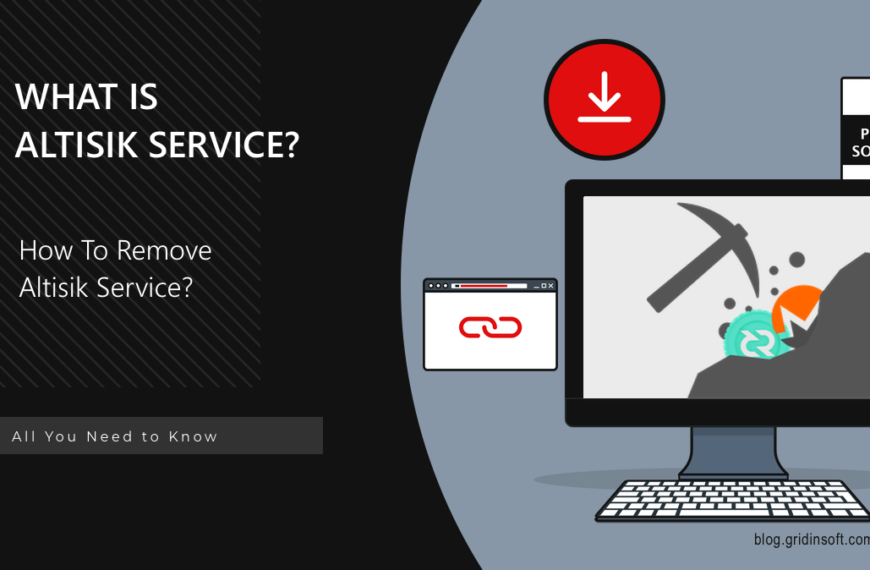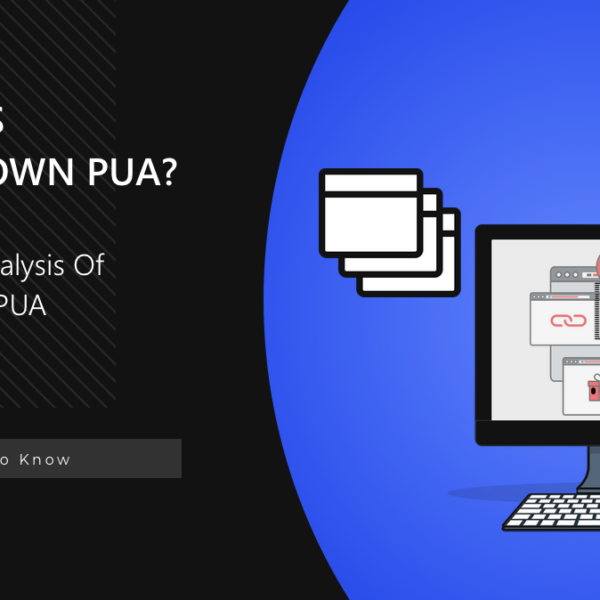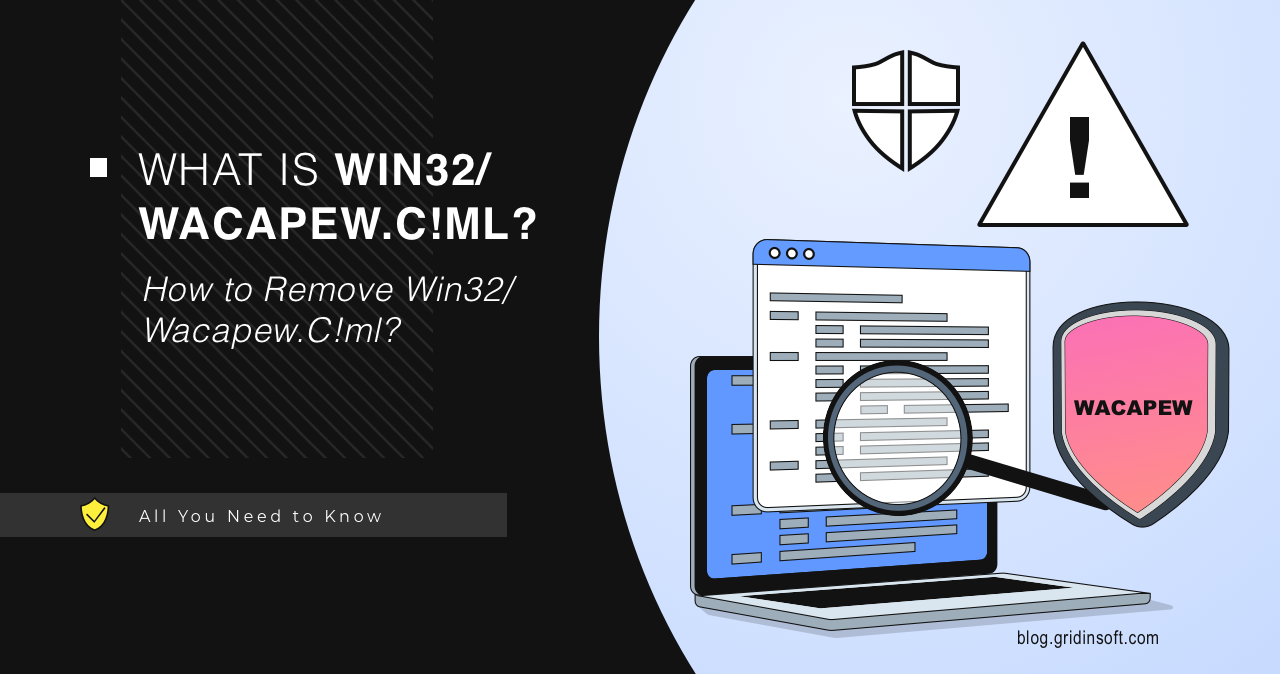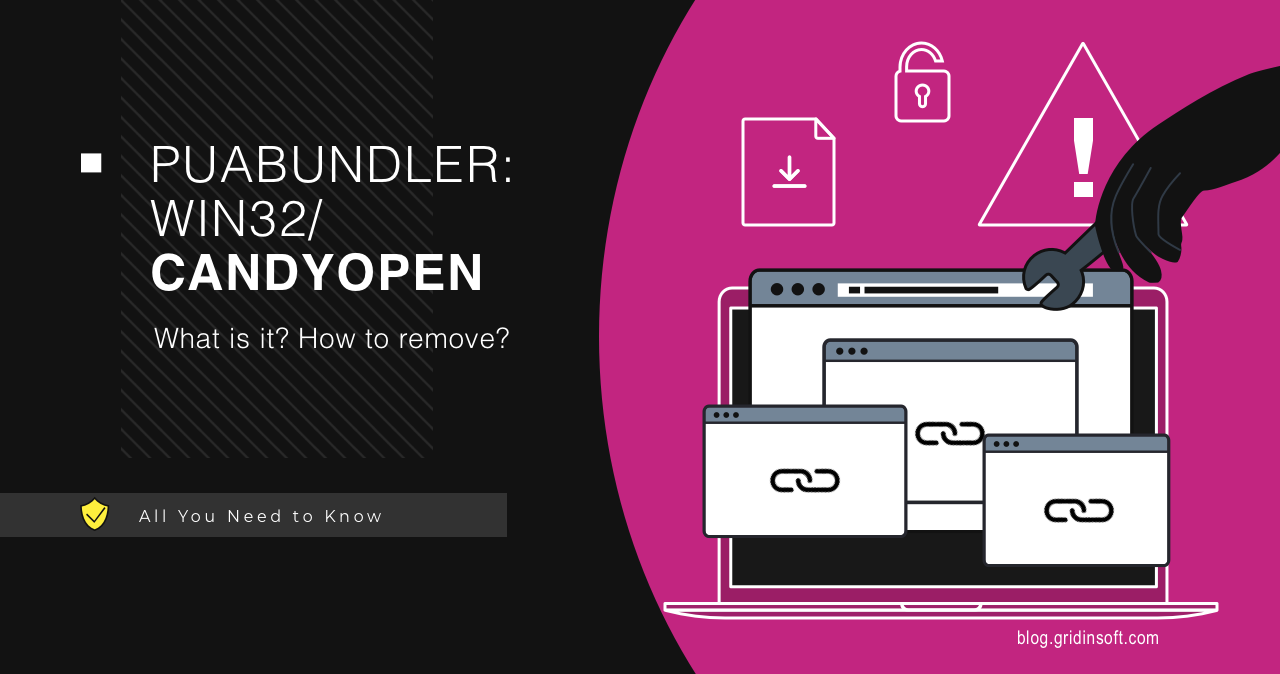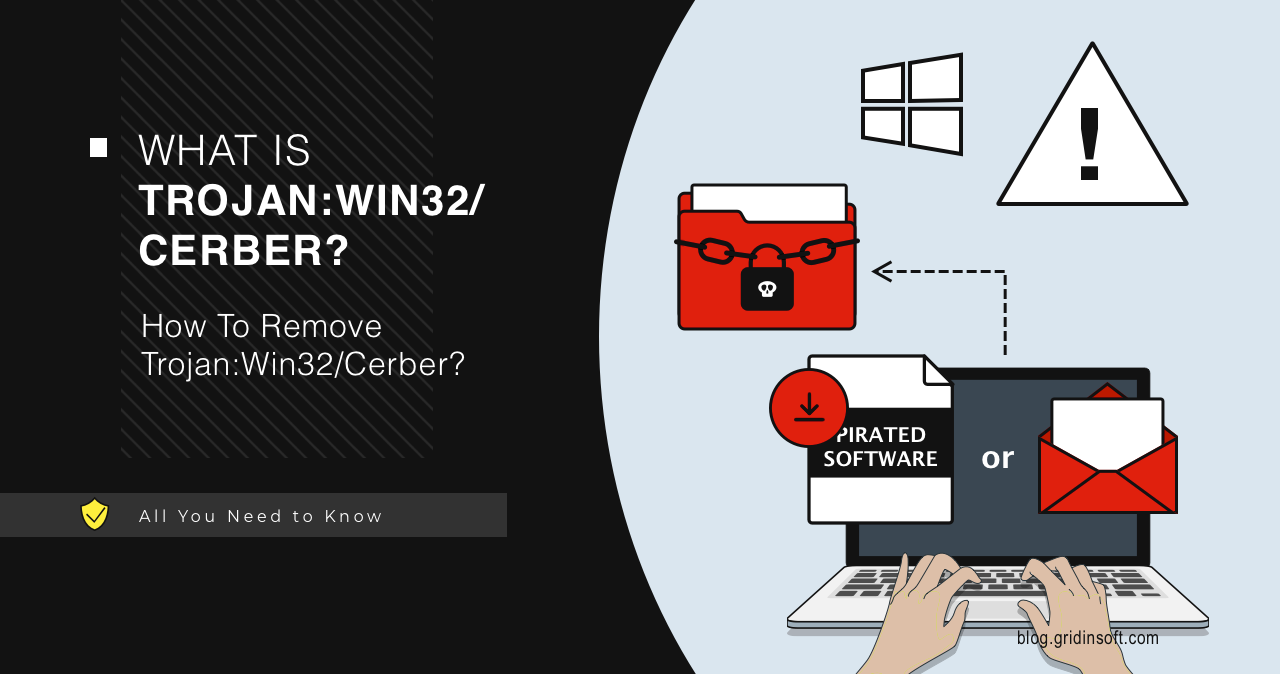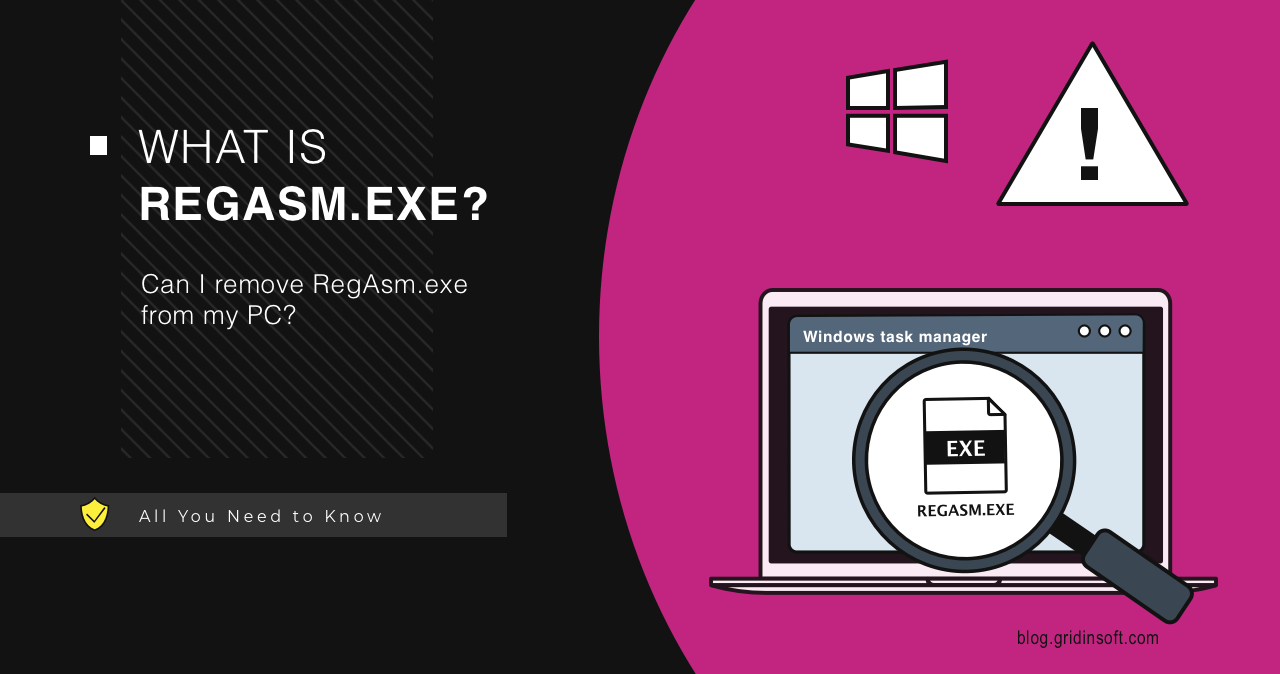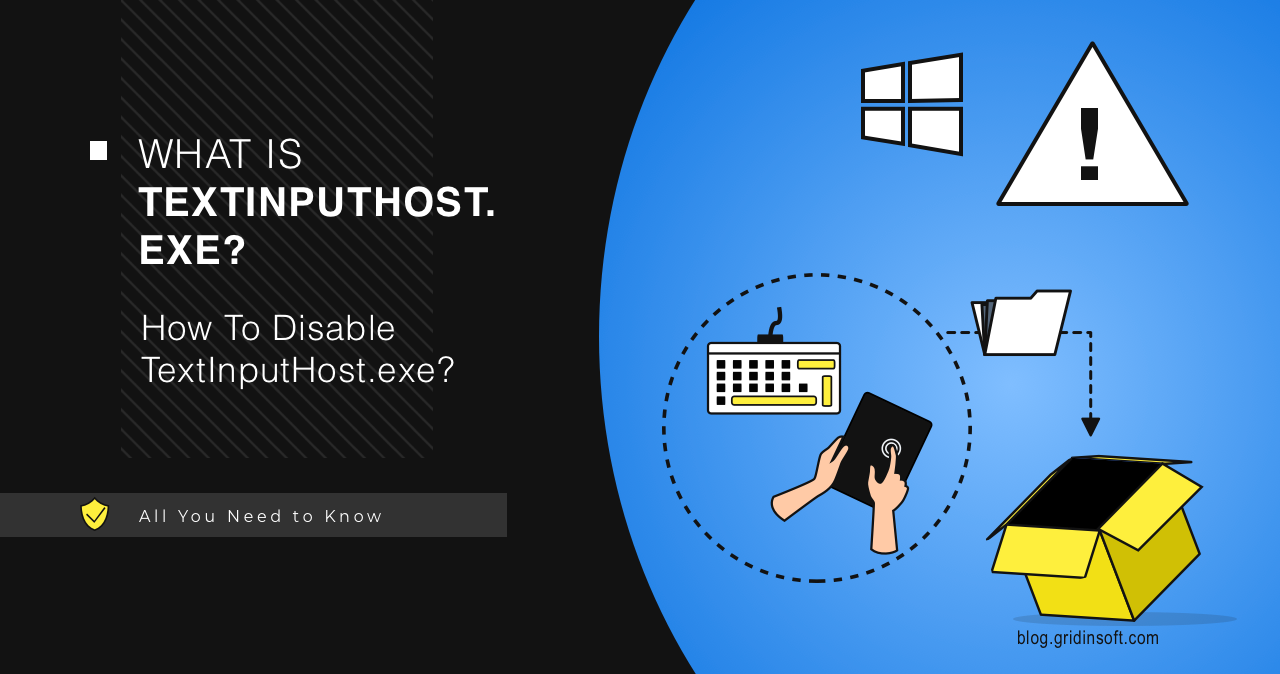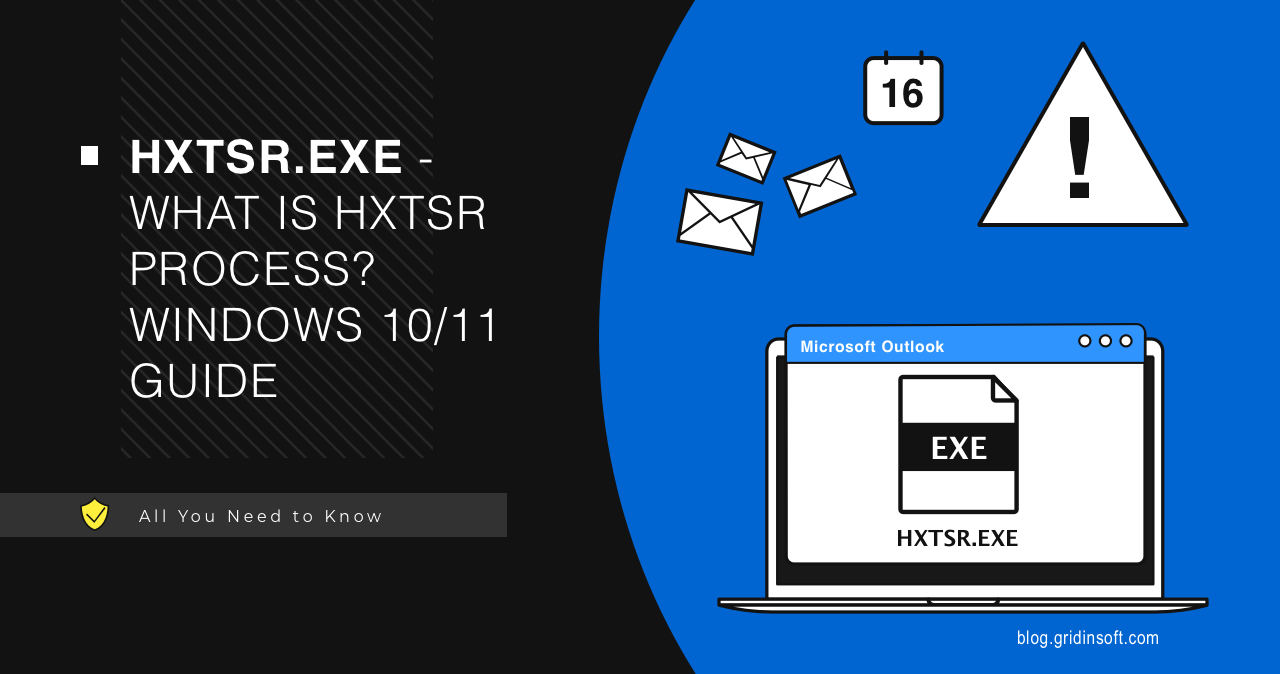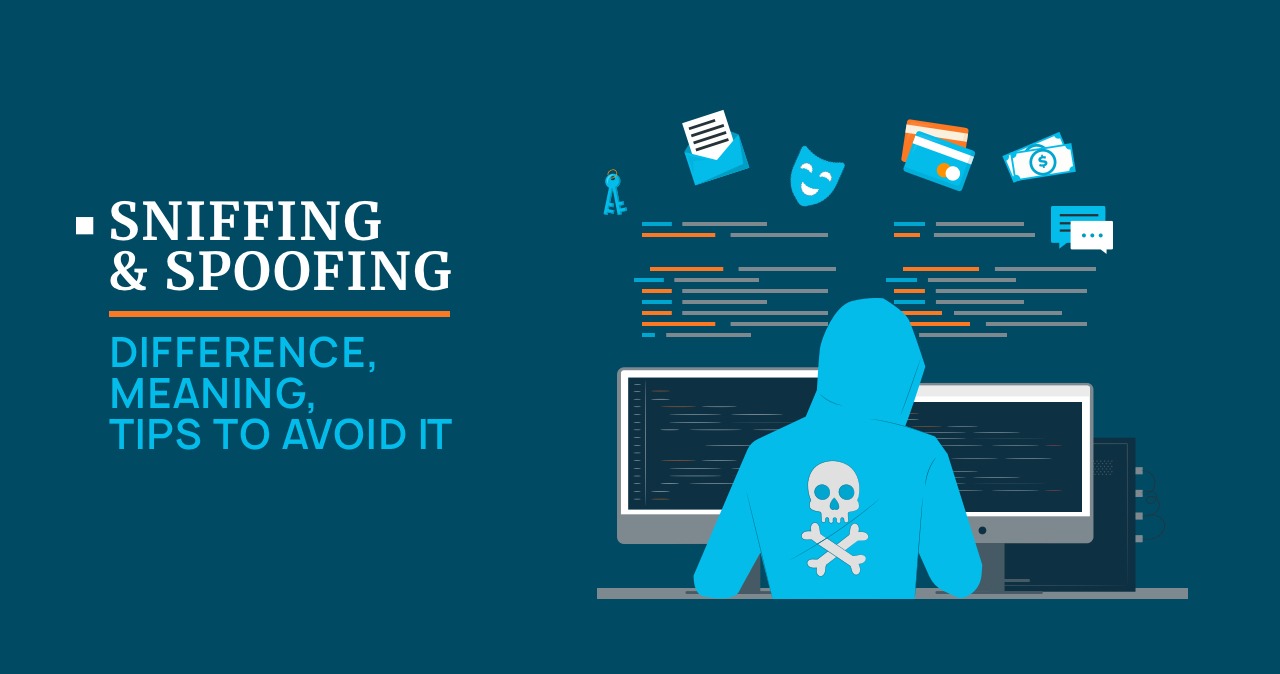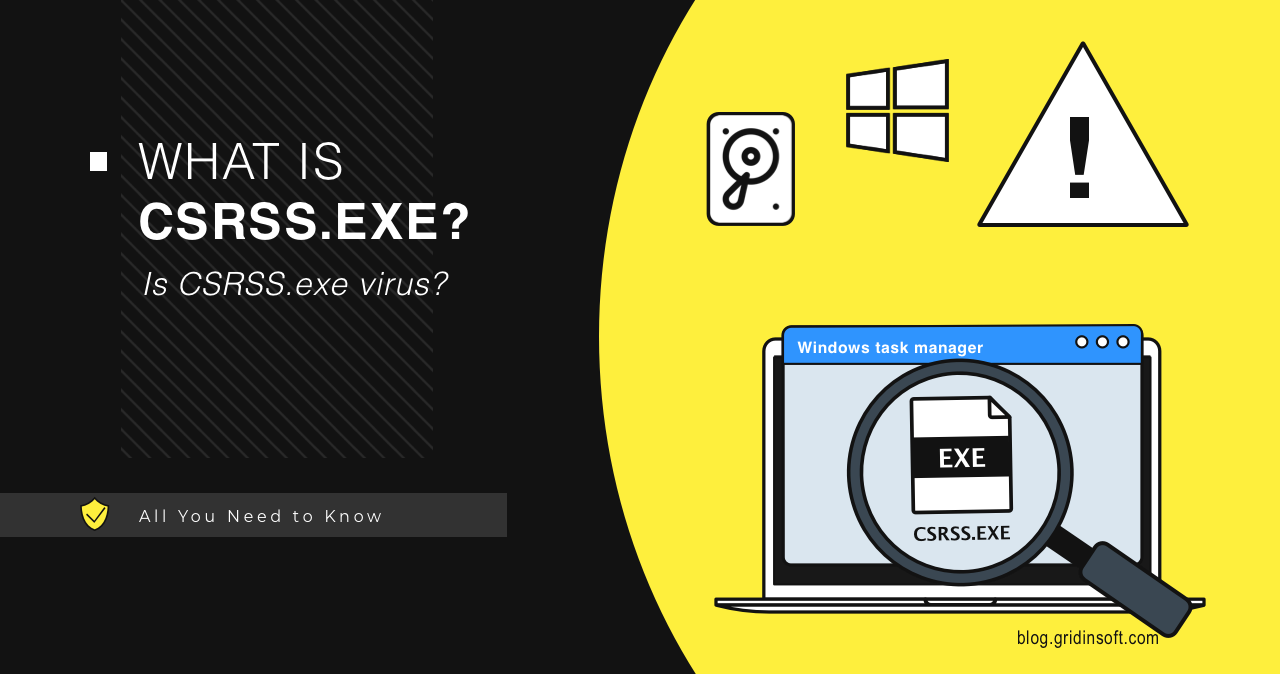Gridinsoft Security Lab
Trojan:Win32/Vigorf.A
Trojan:Win32/Vigorf.A is a generic detection of Microsoft Defender. This detection commonly identifies a running loader malware that may deal significant harm to the system. In this article, let’s find out how dangerous Vigorf.A is and how to get rid of it. What is Trojan:Win32/Vigorf.A? Trojan:Win32/Vigorf.A is the detection name that Microsoft Defender attributes to dropper/loader malware. This generic detection name refers to a whole range of malicious programs, rather than one specific family. The goal of Vigorf.A is unauthorizing system…
Program:Win32/Wacapew.C!ml
Program:Win32/Wacapew.C!ml detection refers to programs that have suspicious properties. This can be either a false positive or a detection of a program that has its properties & functions border with ones of a PUA. Let’s look into this and find out what this detection is. What is Win32/Wacapew.C!ml? Program:Win32/Wacapew.C!ml is a heuristic detection designed to detect a suspicious program. However, it is not a specific virus or malware. Microsoft Defender uses this type of detection to identify a wide range…
PUABundler:Win32/CandyOpen (PUA OpenCandy)
PUABundler:Win32/CandyOpen (or OpenCandy) is an unwanted program that acts as a browser hijacker and can download junk apps to your system. Specifically, it points at a thing known as OpenCandy adware, which is known for its indecent behavior. Let’s break it down and see what the PUABundler/Candyopen in a real-world example. What is PUABundler:Win32/CandyOpen? PUA OpenCandy Detection As I’ve said in the introduction, CandyOpen is a detection name for a specific program that spreads bundles with…
Trojan:Win32/Cerber
Trojan:Win32/Cerber is a detection name that Microsoft Defender uses to flag ransomware. Its name was once associated with a specific malware family, but as it ceased its activity, this name has been used for a wide range of ransomware samples. It is common to see this malware type in attacks on corporations, though all of them are able to harm individuals to the same degree. Trojan:Win32/Cerber Overview Trojan:Win32/Cerber is an older type of malware classified as ransomware. It first appeared…
RegAsm.exe
The RegAsm.exe process is an important component of the Windows operating system associated with the .NET Framework. This utility is designed to register .NET assemblies in the Windows registry, allowing COM clients to call managed applications. Let’s analyze its functionality and see whether malware can abuse it. What is RegAsm.exe? RegAsm.exe (Assembly Registration Tool) is a command line utility that provides users and developers with the ability to register CLR (Common Language Runtime) assemblies in the Windows Registry. The main…
TextInputHost.exe
TextInputHost.exe is a legitimate process by Microsoft required for text input functionality in Windows. It gathers input from sources like your keyboard, touchscreen, or pen, interprets it, and delivers it to your specific application. Though for some users seeing that process may be confusing; it is also a source of several issues that I will help you to address. TextInputHost.exe – What is It? TextInputHost.exe is a legitimate process in the Windows Feature Experience Pack. It is responsible for inputting…
AggregatorHost.exe
Aggregatorhost.exe is a process in the Task Manager that is also often suspicious to users. Due to its uncertain nature, it can appear to the users as a malicious process, but it is not (at least, not usually). Below, I will tell you what this process is, what it refers to, and whether you may have a reason to distrust it. What is AggregatorHost.exe? The Aggregatorhost.exe is a system process that you can occasionally spectate in the Task Manager. I…
Hellminer.exe Coin Miner
Hellminer.exe is a process you can see in the Task Manager that indicates a malicious software activity. It stands out by the high CPU load it creates, making the system much less responsive. Let’s figure out what this process is, and how to get rid of it. Continue reading Hellminer.exe Coin Miner
rsEngineSvc.exe Process: Reason Core Security Engine Service
RsEngineSvc.exe is an executable file associated with RAV Antivirus, a program developed by ReasonLabs. While being less dangerous than malware, it may be categorized as PUP (Potentially Unwanted Program). This kind of software is usually bundled with other free applications and installed without the user’s knowledge or distributed through deceptive advertising. Is Rsenginesvc.exe Virus? As I wrote above, rsEngineSvc.exe process is a part of RAV Antivirus (Reason Core Security Engine Service). It is a program from ReasonLabs and supposedly serves…
HxTsr.exe – What is the HxTsr Process?
The HxTsr.exe process is a part of the Microsoft Outlook Communications component of the Windows 10/11 operating system. This process is responsible for synchronizing mail, contacts, and calendars between Outlook and other applications. Typically, it runs in the background and does not attract users’ attention at all. However, in some cases, the HxTsr.exe process may be responsible for performance issues, security, or system stability. It is possible that this process is tampered or infected with a virus that uses its…
Sniffing and Spoofing: Difference, Meaning
Users are increasingly encountering malicious links that, when clicked, unleash a different kind of computer destruction. In this case, users must be aware of the appearance of such malware, its associated links, and other potential hazards. This article aims to introduce the concepts of sniffing and spoofing, distinguish between them, explore protective measures against these threats, and delve into their underlying mechanisms. What is Sniffing? Sniffing involves monitoring data packets and recording network activities. System or network administrators commonly employ…
Csrss.exe Trojan Virus
Csrss.exe is an important Windows process, which may sometimes consume a lot of system resources and puzzle the users with such behavior. Some people may mistake it for trojan virus and try to terminate it forcefully. So, is csrss.exe dangerous? And how to fix the issues it creates? Let’s find out. What is Csrss.exe? Csrss.exe is a legitimate Windows process with the full name of Client Server Runtime Process and is critical to the system. This process is present in…

